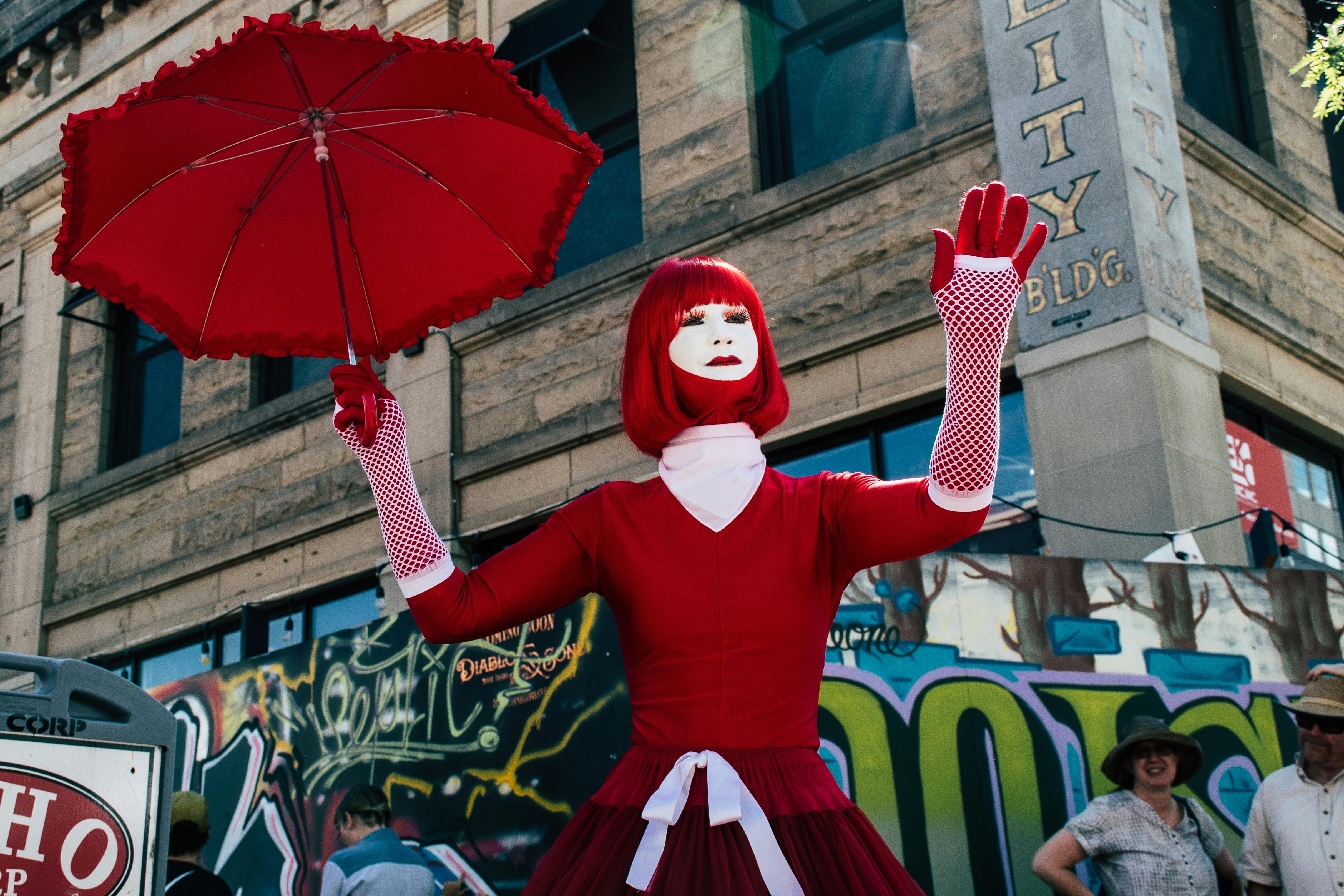"Unmasking the Subtle Power: Mime in Modern Entertainment"
In an era where louder is often seen as better, and digital effects dominate our entertainment industry, there's a silent force making waves in the world of arts and entertainment. This force is none other than mime—an art form that has been in existence since ancient times but is now gaining renewed attention and respect in contemporary entertainment.

The History of Mime: A Silent Journey
Tracing its roots back to ancient Greece, mime has been an enduring form of expression. Early mime performances were part of Greek theater, often used to depict mythological stories or social commentary. The art form persisted through the Roman Empire, Renaissance Europe, and into the modern era. Marcel Marceau, a French actor and mime artist, revitalized this silent art form in the 20th century, transforming it into a highly respected, standalone performance type.
Mime in Modern Entertainment: The Silent Art Speaks
In recent years, mime has resurfaced in the entertainment industry, finding its way into various media—from theater and film to music videos and advertisements. It has become a powerful tool for artists to communicate without words, relying solely on body language and facial expressions. Modern mime artists like Bill Bowers and Wellington Nogueira have taken the art form to new heights, using it to explore themes of identity, isolation, and human connection.
The Impact and Reception of Mime: Beyond the Invisible Box
The resurgence of mime in modern entertainment has had a profound impact. It challenges the conventional norms of communication, showing that meaningful dialogues can happen without spoken words. It has also opened doors for more inclusive and accessible performances, making theater and other forms of entertainment more accessible to deaf and hard-of-hearing audiences.
Critics and audiences alike have applauded this renewed interest in mime. It has been praised for its ability to transcend language barriers and its potential for emotional depth. Mime performances have been showcased at renowned festivals like the Edinburgh Fringe, and mime artists have received prestigious awards, highlighting the art form’s growing significance.
The Future of Mime: A Quiet Revolution
While mime is enjoying a renaissance, its future is still unfolding. With a renewed interest in silent storytelling and a generation of artists pushing the boundaries, the future looks promising for this age-old art form. Mime may be silent, but its message reverberates loudly in our increasingly noisy world, reminding us of the power of silence and the profound depth of non-verbal communication.
Conclusion
In the cacophony of today’s entertainment industry, mime stands out as a silent yet potent force. Its resurgence illustrates the ongoing evolution of artistic expression and the limitless potential of the human body as a storytelling tool. As we look forward, it’s clear that mime will continue to shape and redefine the arts and entertainment landscape, one silent step at a time.




